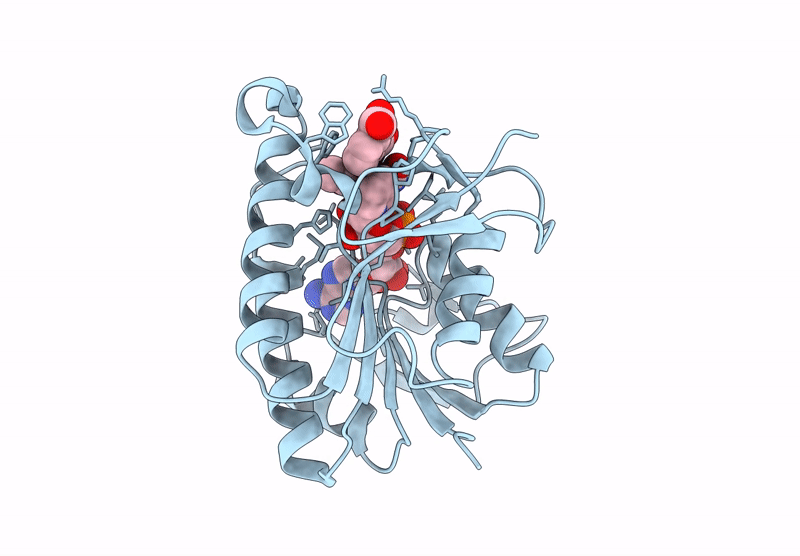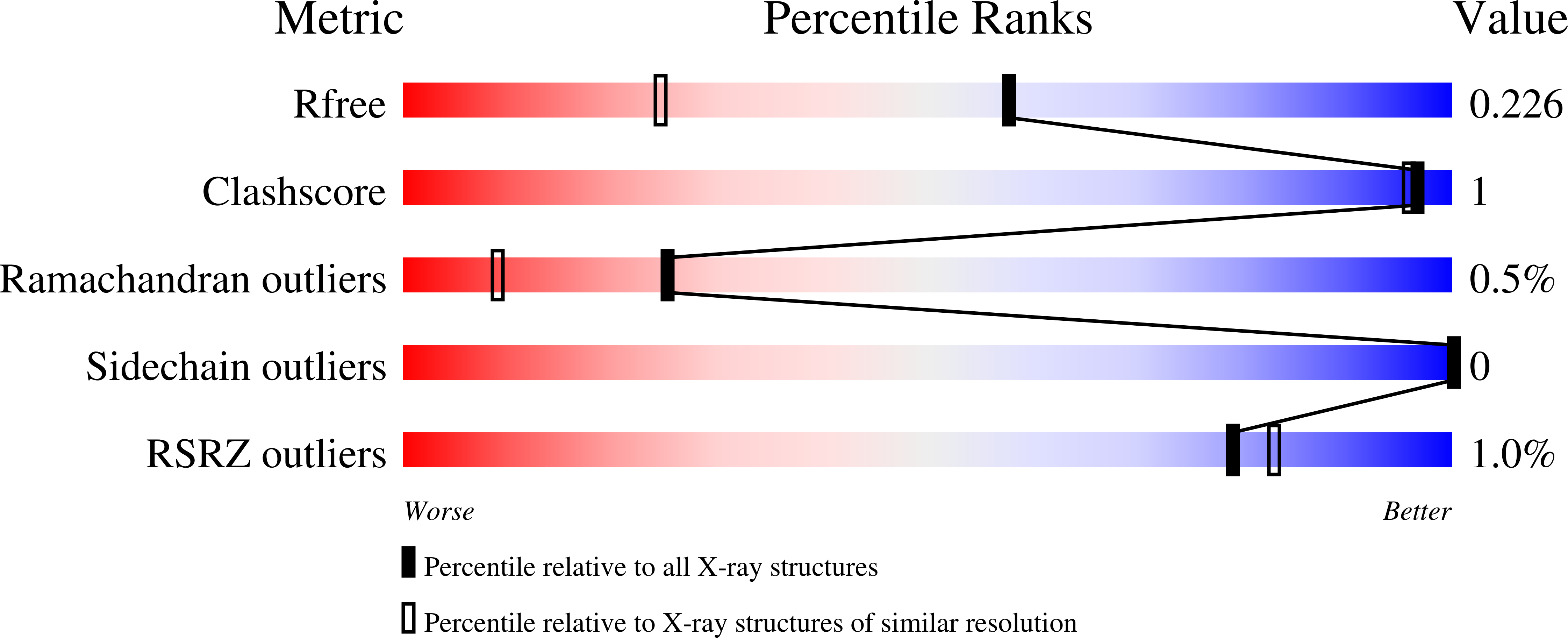
Deposition Date
2024-05-28
Release Date
2025-04-23
Last Version Date
2025-04-23
Entry Detail
PDB ID:
9C16
Keywords:
Title:
Human biliverdin IX beta reductase in complex with NADP and BCT002029
Biological Source:
Source Organism:
Homo sapiens (Taxon ID: 9606)
Host Organism:
Method Details:
Experimental Method:
Resolution:
1.58 Å
R-Value Free:
0.22
R-Value Work:
0.20
R-Value Observed:
0.20
Space Group:
C 1 2 1


